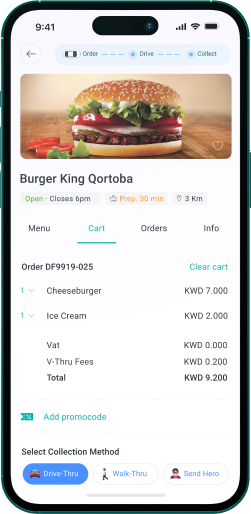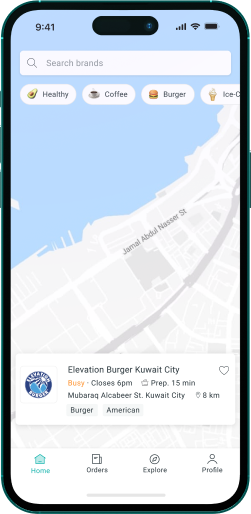QA process with Scrum
This article aims to address the tasks performed and the QA (Quality Assurance Professional) workflow with Scrum.
The QA is one of the professionals responsible for the company's quality management, they take takes care that the quality standards are followed and make continuous improvements in the processes. The aim is to ensure quality through well-defined and effective processes that will bring the expected result, in order to avoid inconsistent deliveries and rework.
Within Scrum, which is an agile development methodology, the quality assurance area works together with the scrum master (regent of the Scrum practice and its ceremonies), the PO (the bridge between the client and the team), and the developer's to ensure a good understanding of the entire team about the tasks to be performed. In addition, they promotes tests to validate the quality of the delivery.

Simplified Development Process Diagram, focusing on the QA process.
They cooperate with the creation of the sprint (defined period of time to add value to the product) by adding complementary information to the tasks, such as the acceptance criteria. These encompass business rules, requests, functionalities, routes and specify the data and behaviors that the system must present. Basically, they are the objectives to be completed for the activity to have the value that is expected.
After carrying out and validating the writing of the acceptance criteria, the QA will have the information they need to create or update their test plan in a more assertive way and, after completing the development of the tasks, apply the tests.
The application of manual tests consists of the execution of the system flows in search of defects (bugs) and inconsistencies, the test plan is vitally important to guide and guarantee the effectiveness and optimization of the tests. When they find a bug, the QA must register it in the management tool used by the team with the steps to reproduce the bug, the current scenario, the expected scenario, evidence (videos or screenshots showing the bug), and the severity level. If possible, they relate the task of the bug found with the task of the feature, which must be stopped in the development belt until the bug is fixed and validated by QA. Only after the validation and approval of the quality control, the feature can be delivered to the customer.

1st Description of the steps to reproduce the bug, current scenario, expected scenario, and evidence of the bug.
2nd Relationship of the bug task with the original feature task.
3rd Severity level.
The QA sector is extremely important for a software factory and must work together with the team, actively participate in all Scrum ceremonies, have good communication and relationship with the team, and always aim the quality of delivery.


